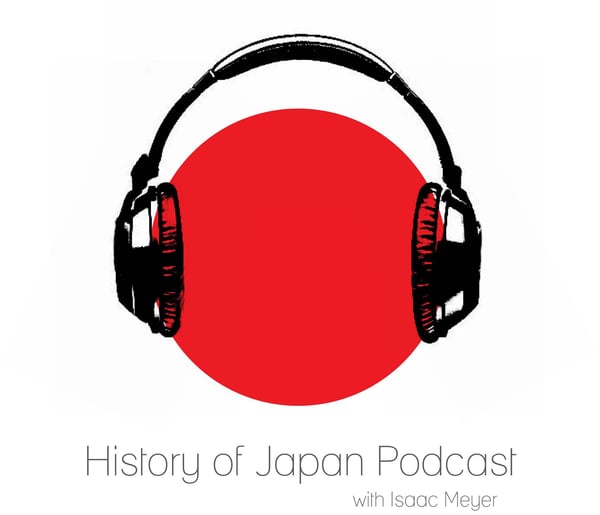Episode 509 - The Golden Age of Heian
History of Japan
Isaac Meyer
4.8 • 744 Ratings
🗓️ 17 November 2023
⏱️ 36 minutes
🧾️ Download transcript
Summary
This week, we turn our attention to two of the defining institutions of the Heian period, both of which will be very important for us going forward. First are the shoen, or private estates, the growth of which led to the fragmentation and decentralization of the government. The second is the rising power of the warrior class--known to history as the samurai.
Show notes here.
Transcript
Click on a timestamp to play from that location
| 0:00.0 | Hello, the episode you're about to listen to is part of a multi-part series introducing an overview |
| 0:07.4 | of Japanese history. |
| 0:09.4 | This is a repeat of one of the original projects the History of Japan podcast was built on, |
| 0:15.0 | and is intended to serve as an update and supplement to these original works. |
| 0:20.5 | After 10 years, my hope is to return to this approach and to do it a little bit better, |
| 0:25.2 | given the skills that I have improved in the intervening years. |
| 0:29.1 | If you haven't been doing so already, you should listen to these episodes sequentially, |
| 0:33.9 | starting with episode 501. |
| 0:37.1 | Without any further ado, enjoy the episode. |
| 0:39.8 | Hello, and welcome to the episode. Hello and welcome to the history of Japan podcast, episode 509, The Golden Age of Hayan. |
| 1:05.0 | When we last left our narrative of Japanese politics, we had just gotten to the rise of one branch of the Fujiwara |
| 1:12.0 | family, the Hokke, or northern Fujiwara, to political dominance. By the early 900s, the |
| 1:19.6 | Fujiwara had managed to secure control of the government via a combination of marriages into the |
| 1:24.9 | imperial line, and monopolization of the twin posts of Seschul and Kampaku, |
| 1:31.6 | regent to a child and an adult emperor, respectively. |
| 1:36.0 | The result was the age of so-called Sekkan politics, |
| 1:40.9 | Sekkan being a combination of the kanji characters from Seshol and Kampaku, where, for all |
| 1:47.0 | intents and purposes, the Fujiwara clan essentially ran the Japanese government. |
| 1:52.0 | Now, we're not going to spend too much time on the ups and downs of Fujiwara government during this time, |
| 1:58.0 | because while I think they're interesting, I also don't think they're |
| 2:01.0 | necessary for our narrative of Japanese history. Instead, I want to focus on a somewhat new subject, |
| 2:07.6 | the economy of this period, because it will be very important going forward, before turning |
... |
Please login to see the full transcript.
Disclaimer: The podcast and artwork embedded on this page are from Isaac Meyer, and are the property of its owner and not affiliated with or endorsed by Tapesearch.
Generated transcripts are the property of Isaac Meyer and are distributed freely under the Fair Use doctrine. Transcripts generated by Tapesearch are not guaranteed to be accurate.
Copyright © Tapesearch 2025.

